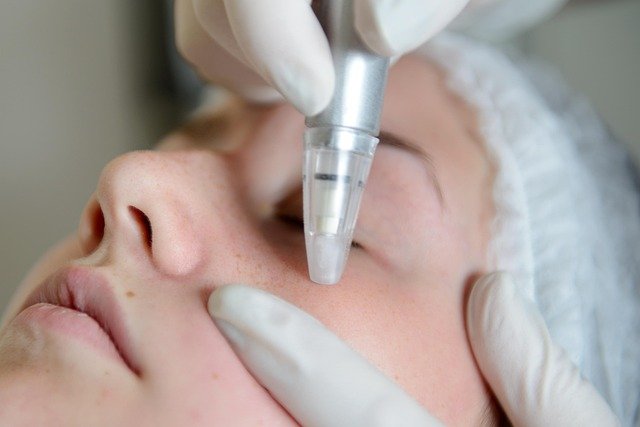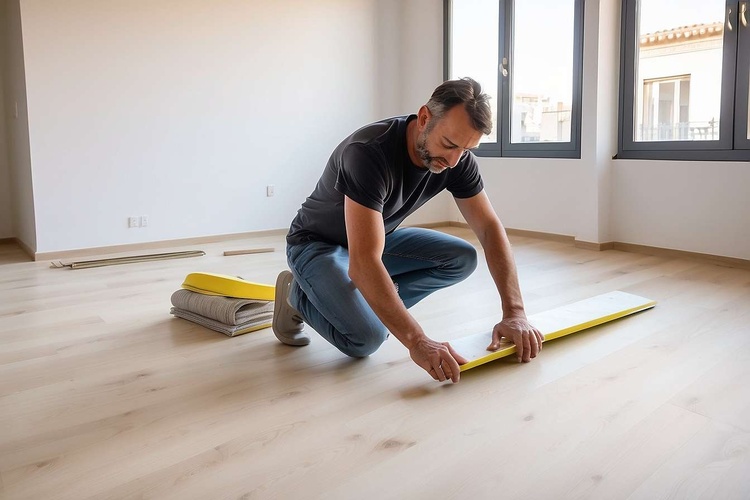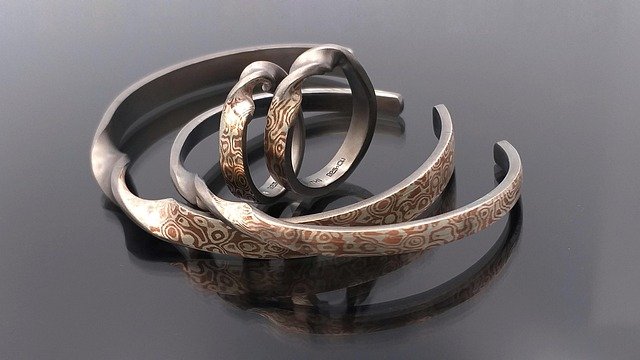Skin Rejuvenation Explained: Essential Treatments Guide
Explore practical, expert-backed options for skin rejuvenation—from laser resurfacing to gentle non-invasive approaches. This guide explains common treatments, benefits, downtime, and how to choose the right solution for wrinkles, pigmentation, and texture. Learn about costs, outcomes, and long-term skin health to make informed decisions and boost your confidence.

Skin rejuvenation blends medical technology and aesthetic care to restore healthier, more youthful skin. Whether targeting fine lines, sun damage, uneven tone, or laxity, modern treatments range from powerful lasers to low-downtime procedures. Below is a practical overview of the most effective options, how they work, their benefits, and how to choose what’s right for you.
Popular laser-based approaches for renewed skin
Laser therapies have reshaped cosmetic dermatology by delivering precise energy to the skin. Different lasers produce different effects, so understanding their strengths helps match treatment to concern:
- Fractional laser resurfacing
- How it works: The device creates tiny columns of controlled injury in the epidermis and dermis, leaving surrounding tissue intact to accelerate healing.
- Best for: Fine lines, superficial texture irregularities, and mild scarring.
- Advantage: Stimulates collagen and results in smoother, firmer skin with relatively predictable downtime.
- IPL (Intense Pulsed Light)
- How it works: Although not a pure laser, IPL emits broad-spectrum light filtered to target pigments and vascular irregularities.
- Best for: Sunspots, redness, and overall tone improvement.
- Advantage: Treats multiple pigment and vascular issues in the same session with minimal recovery.
- CO2 laser
- How it works: A carbon dioxide laser vaporizes damaged outer layers and heats deeper tissue to induce robust collagen remodeling.
- Best for: Deep wrinkles, severe sun damage, and pronounced skin laxity.
- Advantage: Delivers dramatic resurfacing results; however, it requires more downtime and skilled practitioners.
- Nd:YAG laser
- How it works: This longer-wavelength laser penetrates deeply and can be adjusted for vascular lesions, hair reduction, and certain pigment issues.
- Best for: Vascular concerns, deeper pigmentation problems, and treatments on various skin tones when used appropriately.
- Advantage: Versatile and effective when matched to the right indication.
Non-invasive alternatives that refresh without major recovery
Many people choose gentler procedures to refresh skin with minimal interruption to daily life. These options are often used alone or combined with other treatments:
-
Chemical peels: A topical acid solution removes the top layers, encouraging cell turnover and smoother texture. Peels range from light to deep depending on formulation and goals.
-
Microdermabrasion: A mechanical exfoliation using crystals or a diamond tip to slough off dead skin cells, improving surface texture and product absorption.
-
Ultrasound therapy (e.g., Ultherapy): Focused ultrasound energy heats deeper layers to stimulate collagen remodeling and mild lifting over time.
-
Radiofrequency treatments: Energy delivered to the dermis tightens tissue and encourages collagen production with minimal surface injury. Often used for tightening and contouring.
These methods are well-suited for mild-to-moderate concerns, maintenance protocols, or as adjuncts to more aggressive therapies.
Long-term advantages of routine skin rejuvenation
Consistent, professionally guided rejuvenation can produce sustained benefits:
-
Improved texture and tone: Repeated treatments smooth roughness and even pigmentation.
-
Slower visible aging: Procedures that stimulate collagen and cellular turnover help delay the development of deeper lines and sagging.
-
Better overall skin health: Many treatments enhance circulation and promote natural repair mechanisms.
-
Boosted confidence: Enhanced appearance often correlates with improved self-image.
-
Customizable progression: Ongoing care allows clinicians to adapt treatments to evolving skin needs and results.
How to select the right procedure for you
Choosing a treatment should be an individualized process. Consider these points:
-
Your skin type and specific concerns: Fitzpatrick skin type, history of pigmentation, and sensitivity guide safe choices.
-
Desired outcomes: Clarify whether you want subtle maintenance or a dramatic change.
-
Downtime tolerance: More aggressive resurfacing yields stronger results but requires longer recovery.
-
Budget and frequency: Some treatments are costly but longer-lasting; others are inexpensive but need repeat sessions.
-
Professional consultation: A qualified dermatologist or licensed aesthetic professional can evaluate your skin and recommend a tailored plan.
| Treatment Type | Best For | Average Cost | Downtime |
|---|---|---|---|
| Fractional Laser | Fine lines, texture | $1,000 - $2,500 | 3-7 days |
| Chemical Peel | Mild discoloration, texture | $100 - $600 | 1-7 days |
| Microdermabrasion | Mild texture issues | $75 - $200 | None |
| IPL Therapy | Pigmentation, redness | $400 - $600 | 1-3 days |
| Radiofrequency | Skin tightening | $1,000 - $4,000 | None to 1 day |
Prices are estimates based on current market data and can vary by provider and location. Independent research is recommended before making financial decisions.
Final considerations and realistic expectations
Skin rejuvenation offers an array of tools to address most aging and texture concerns. Success depends on selecting the right modality, receiving treatment from a trained professional, and maintaining realistic expectations. Many people benefit most from combination plans that use both energy-based devices and topical maintenance.
If you are exploring options, schedule a consultation to discuss risks, expected recovery, and likely results for your skin type. With sensible planning and proper aftercare, rejuvenation treatments can lead to noticeable, long-lasting improvements.
This article is for informational purposes only and should not be considered medical advice. Please consult a qualified healthcare professional for personalized guidance and treatment.






